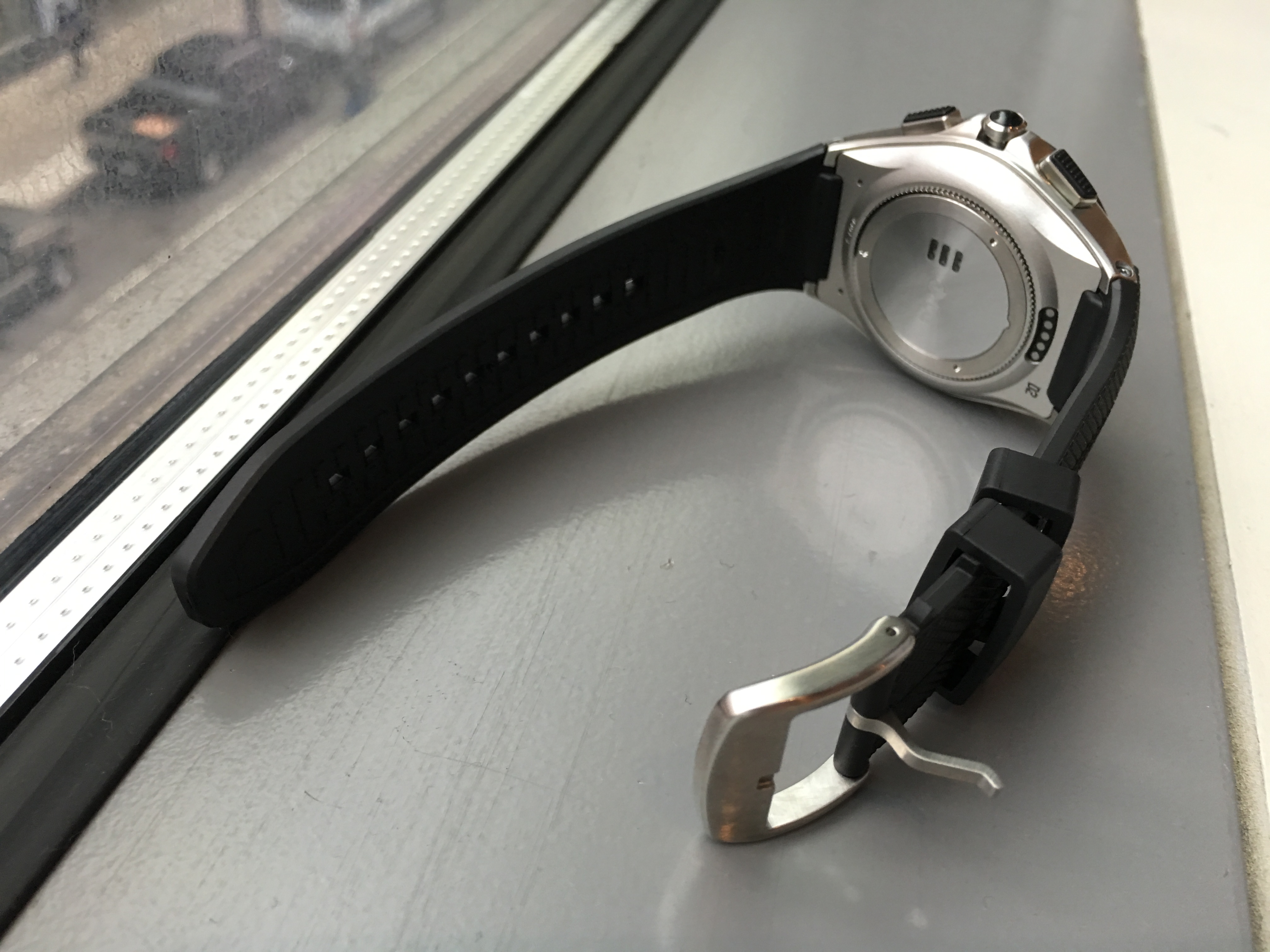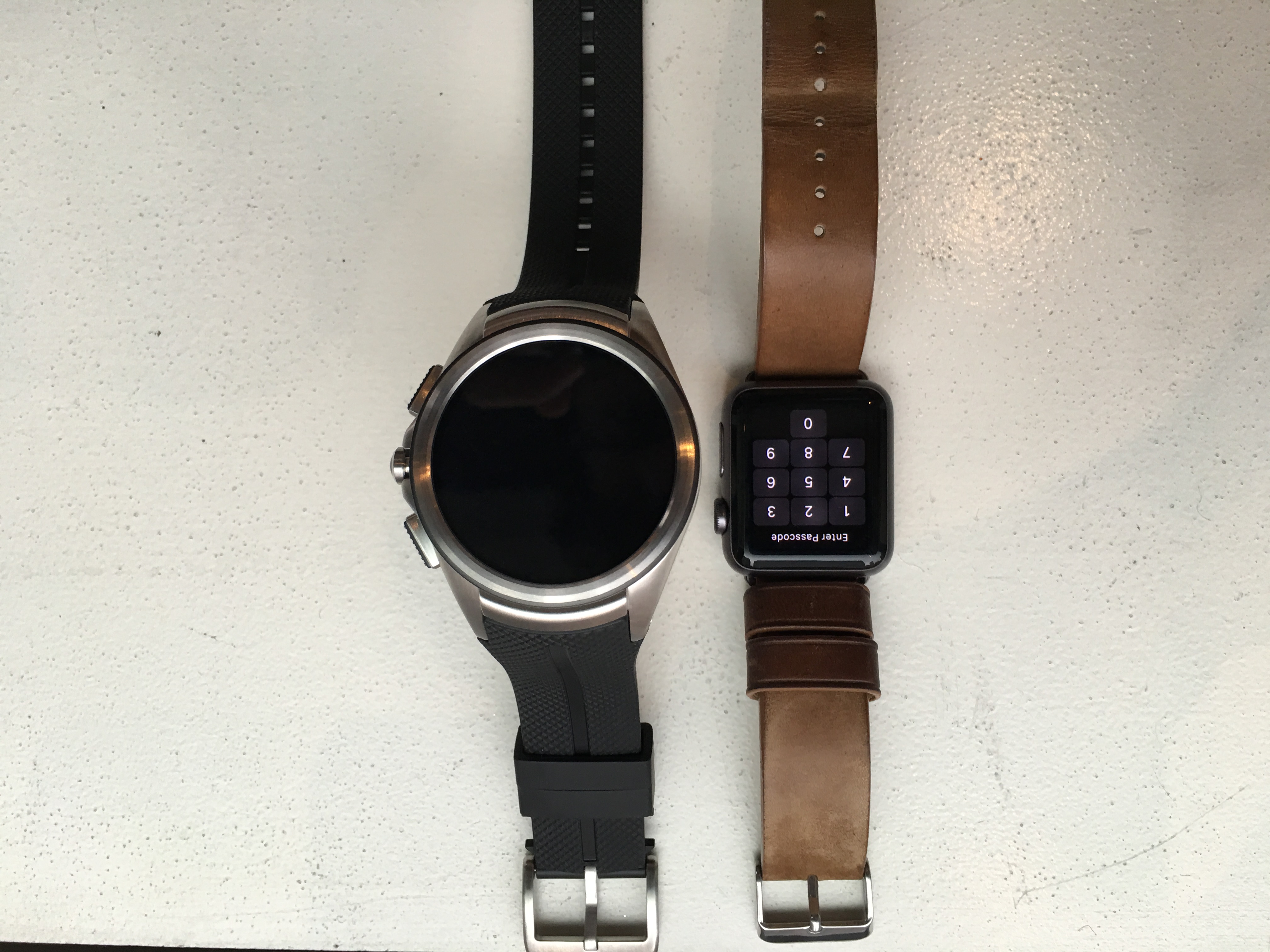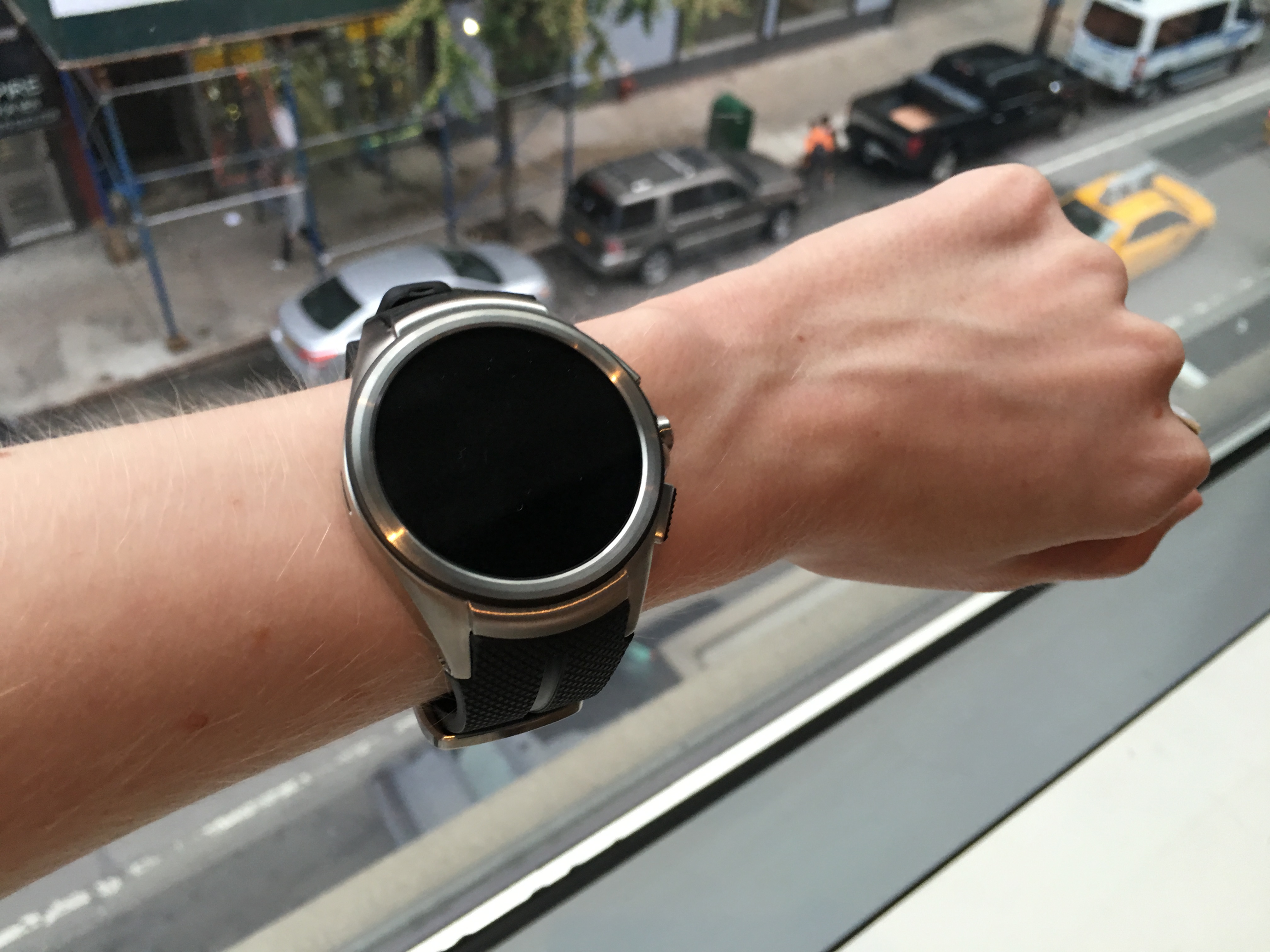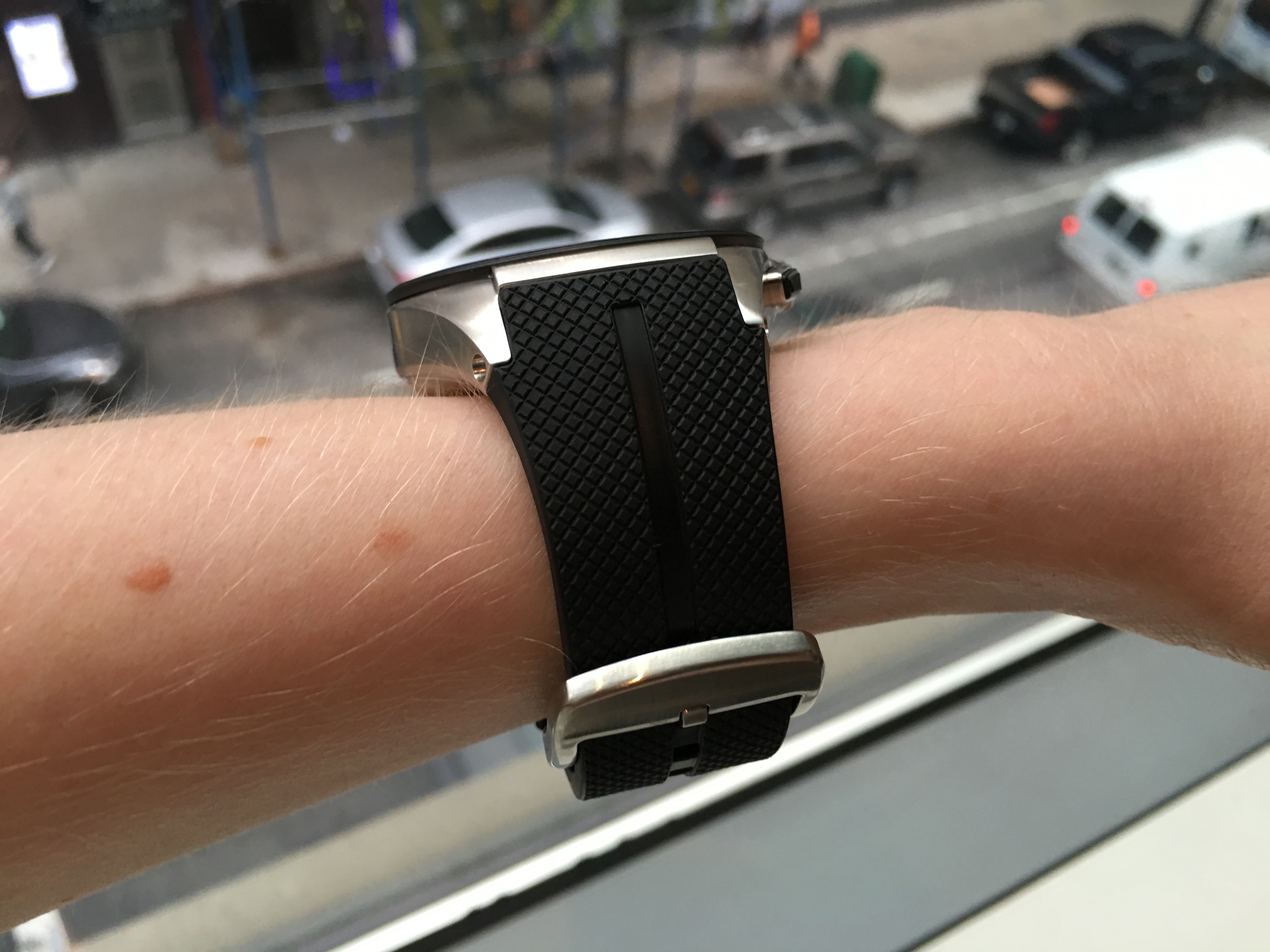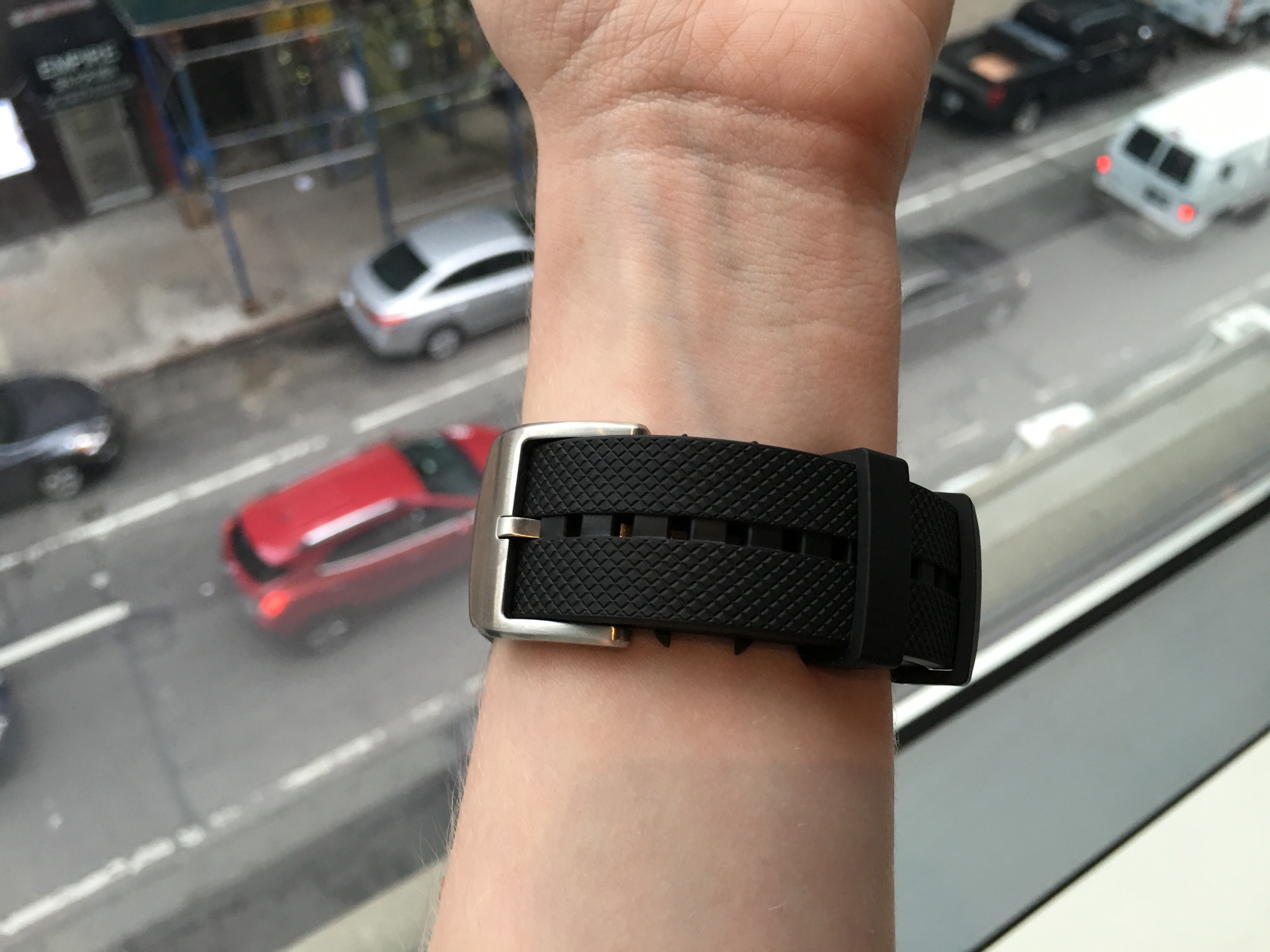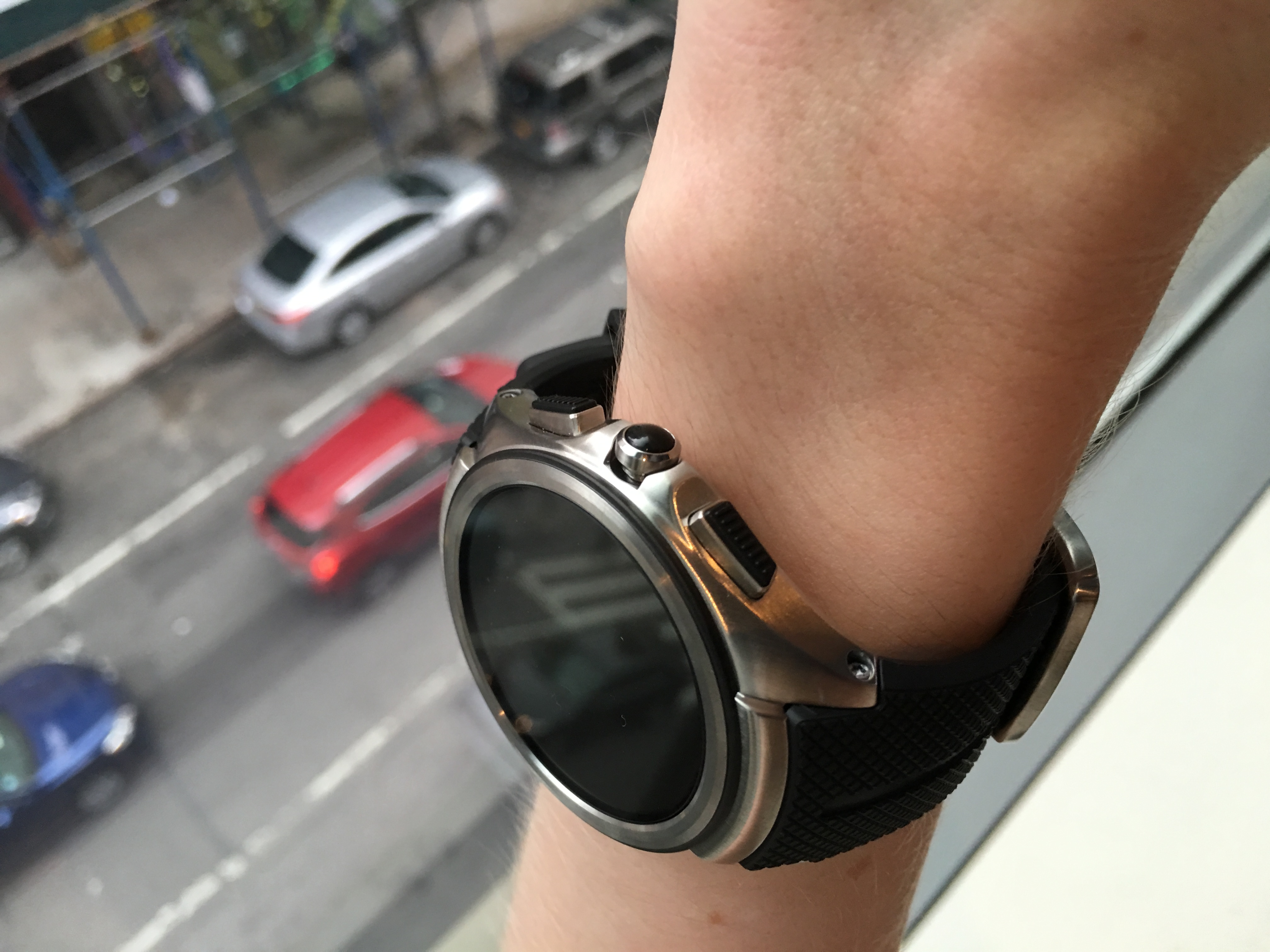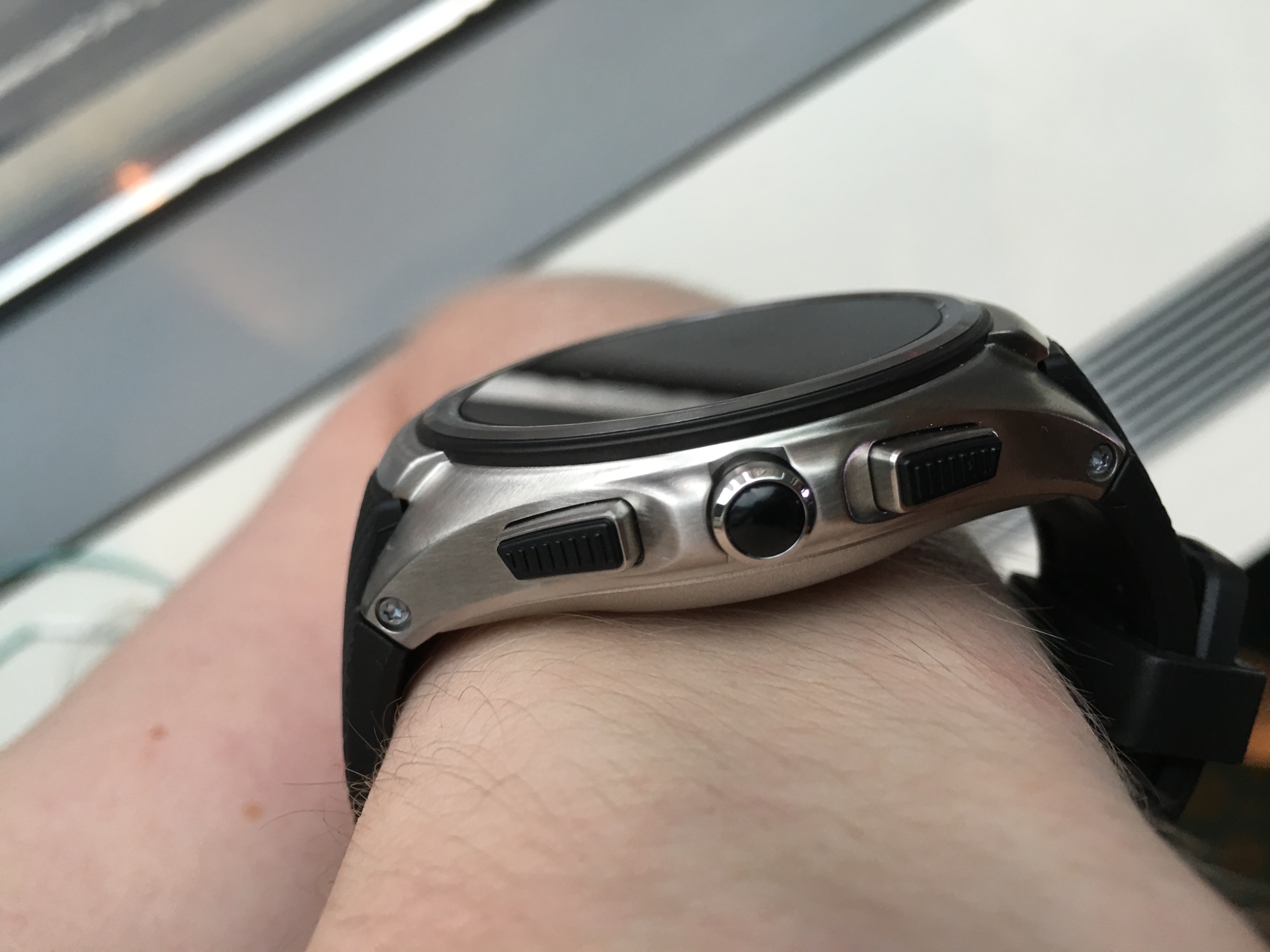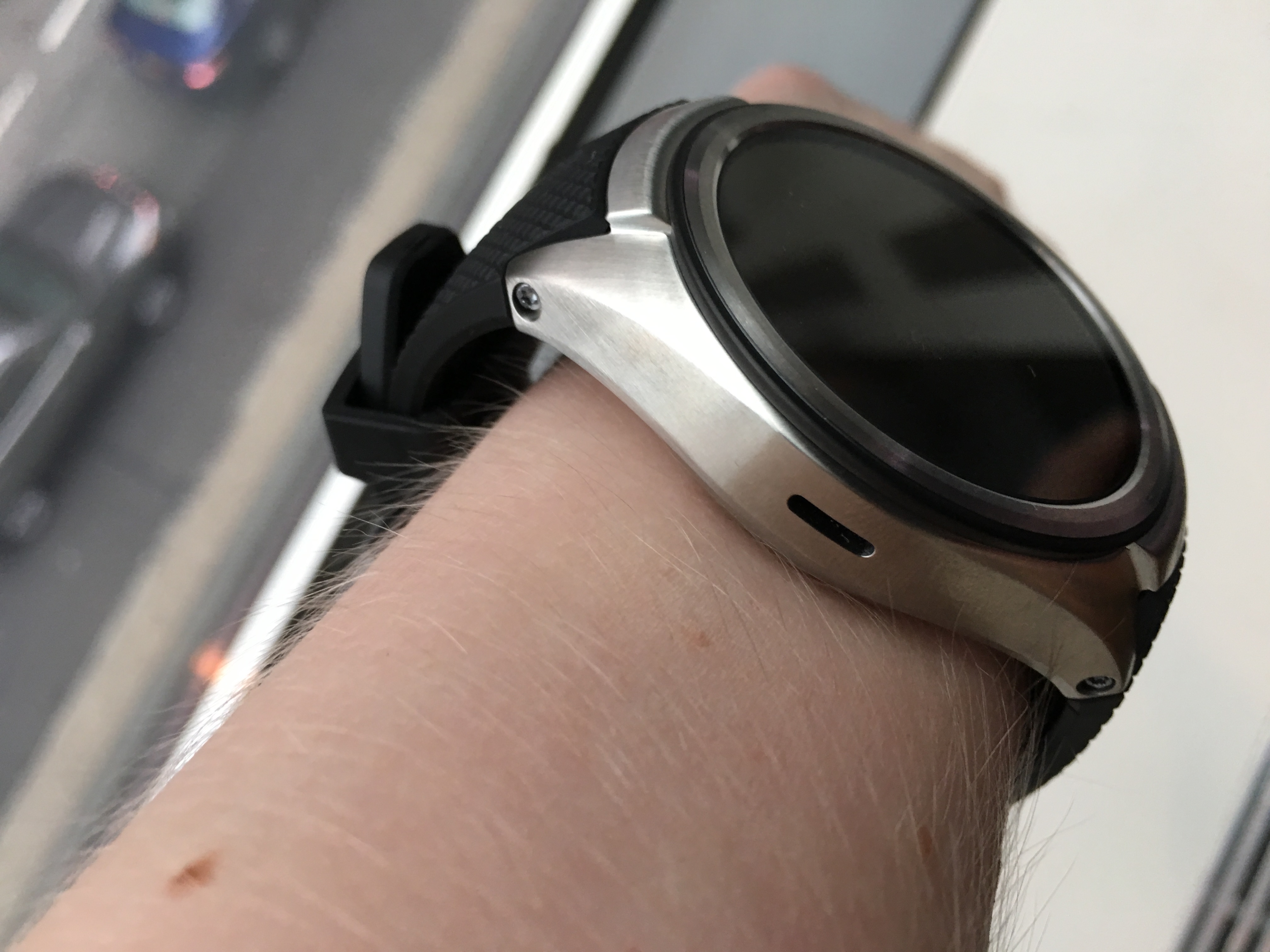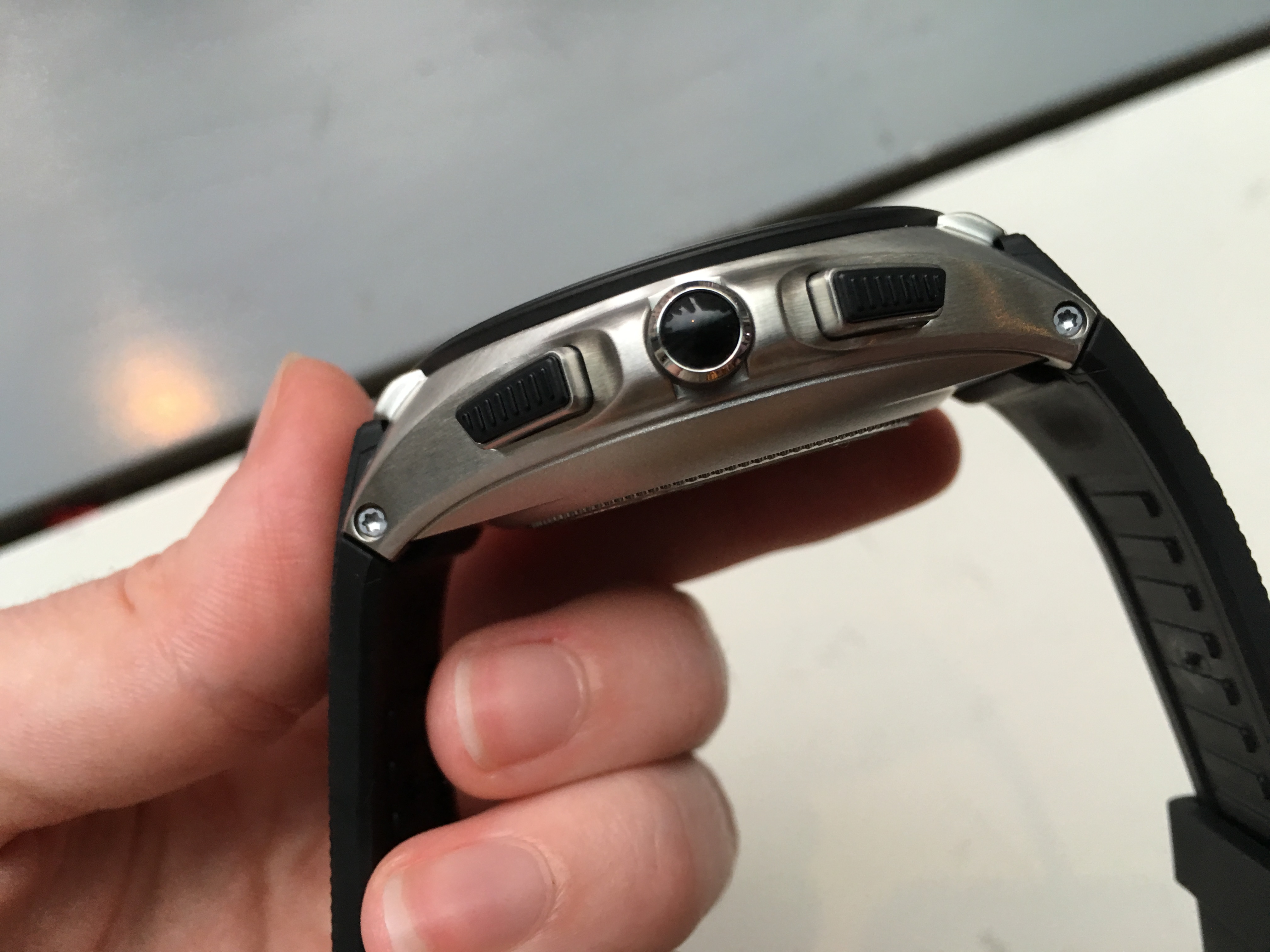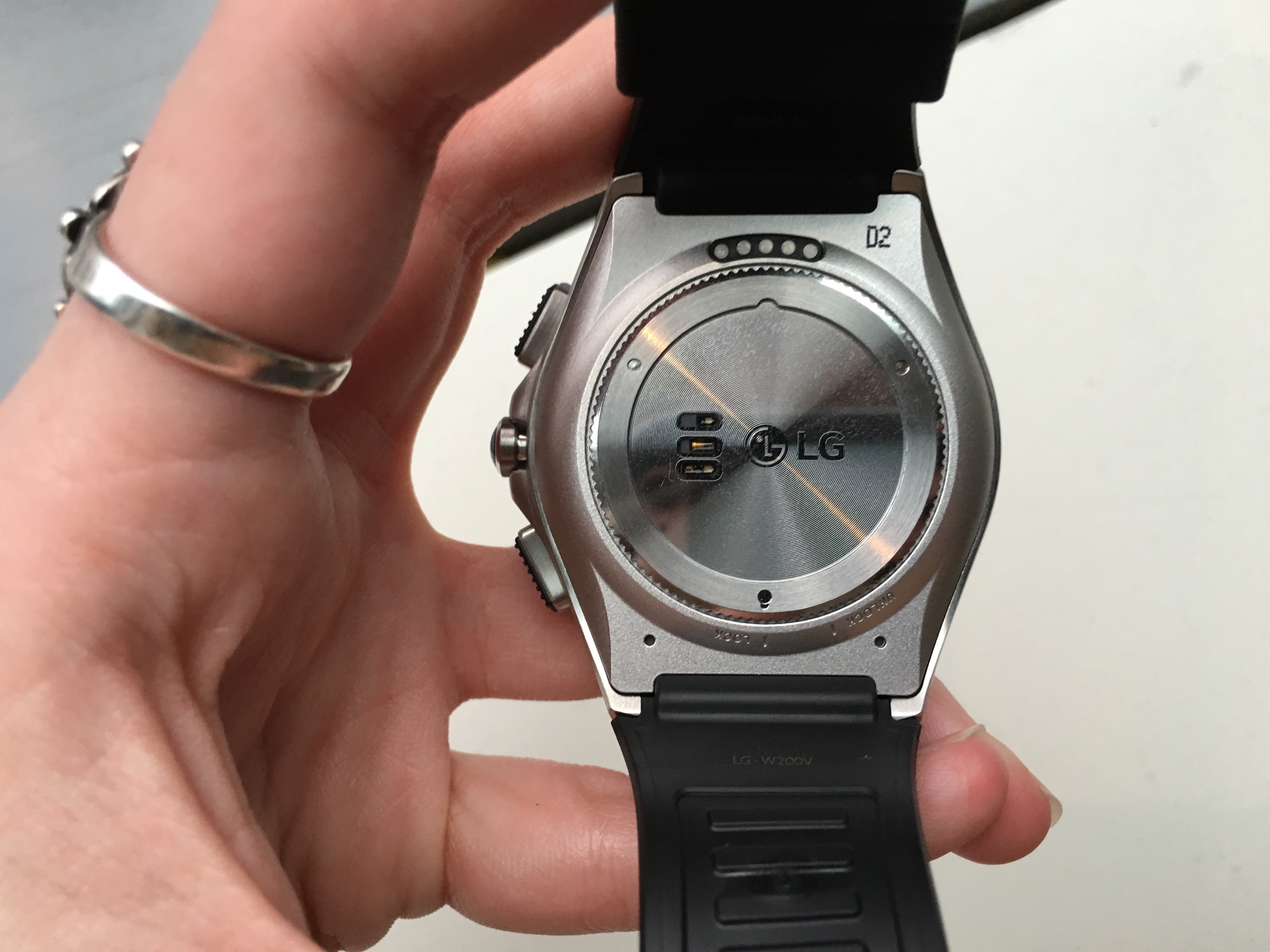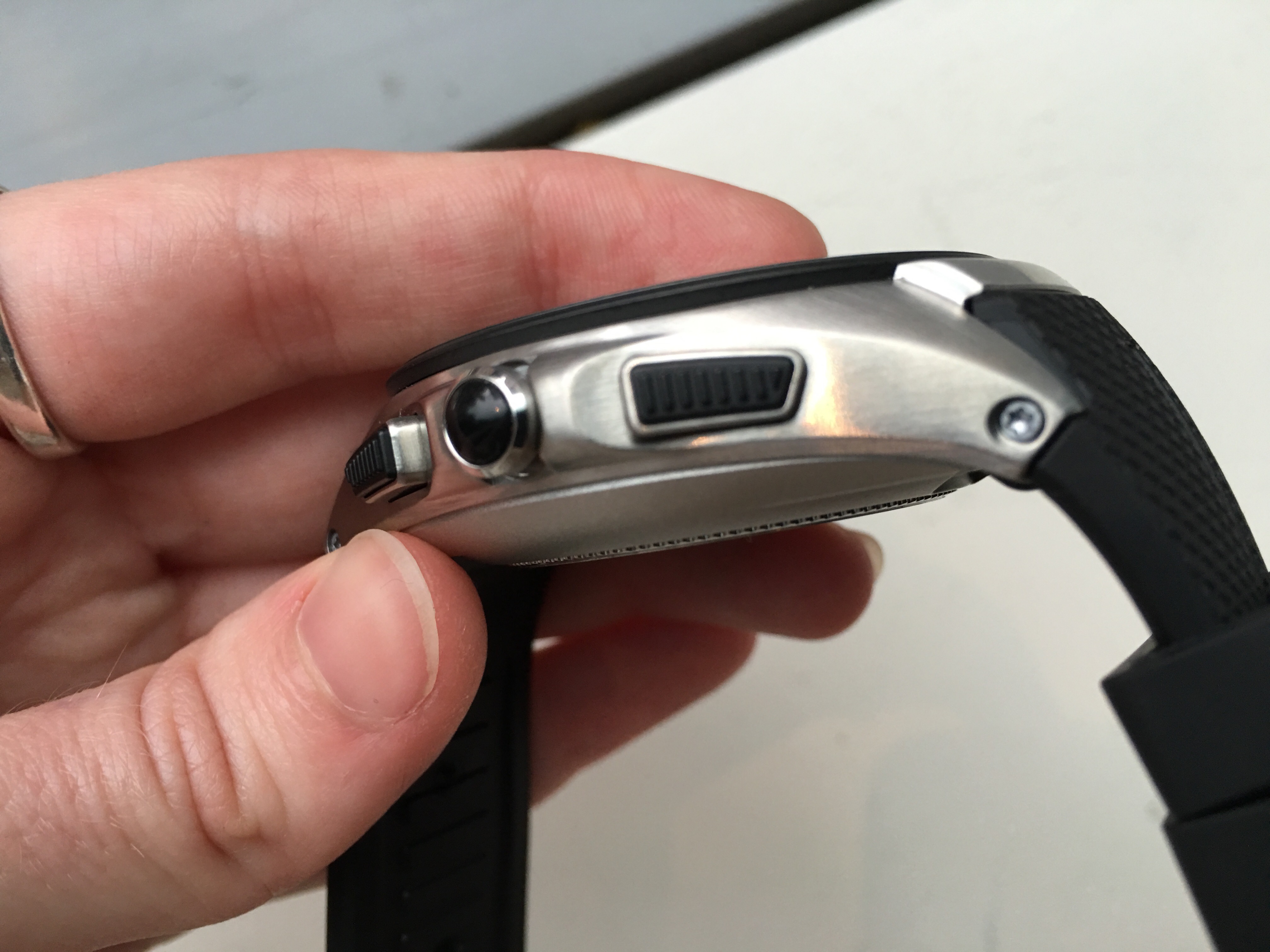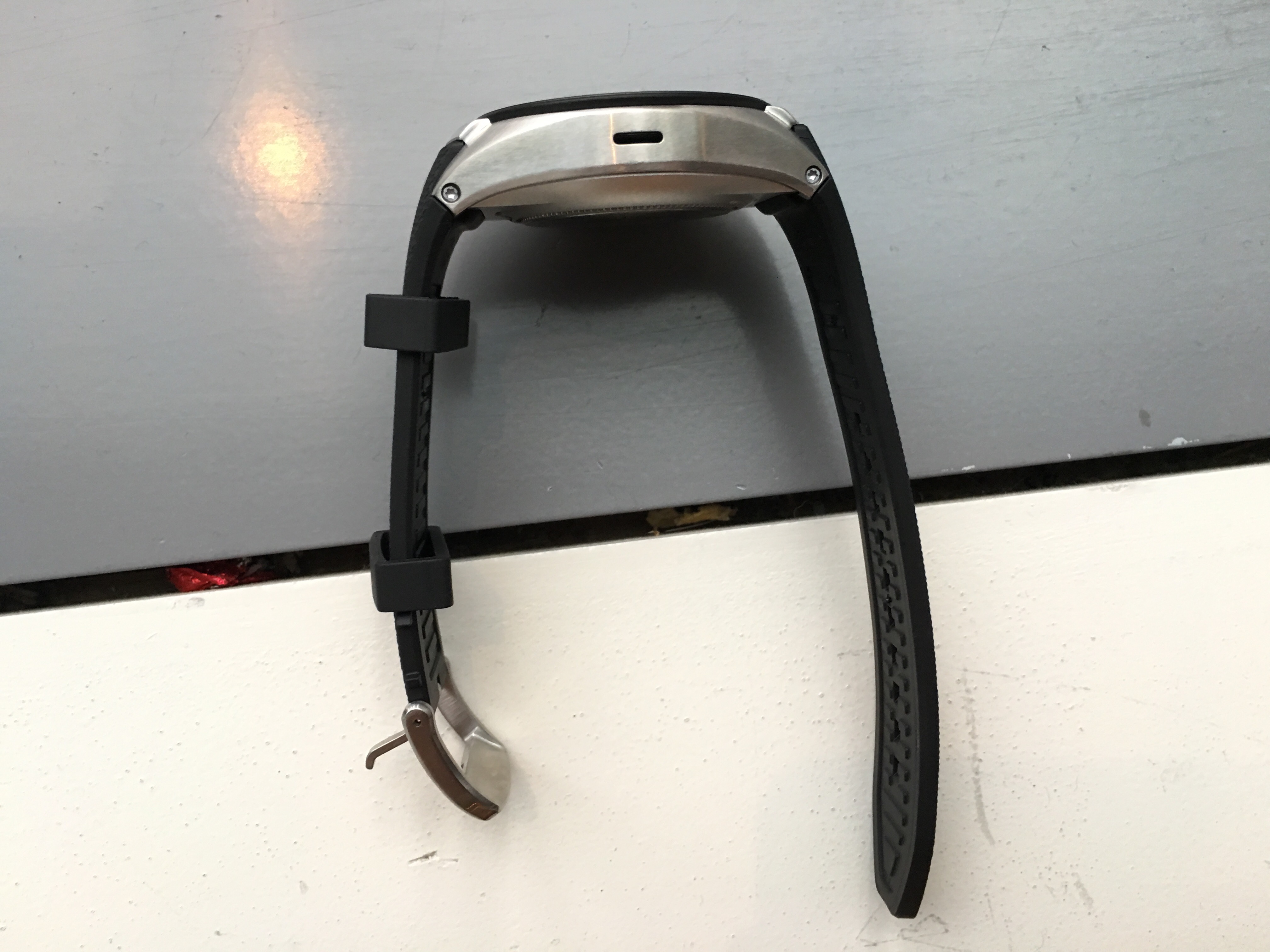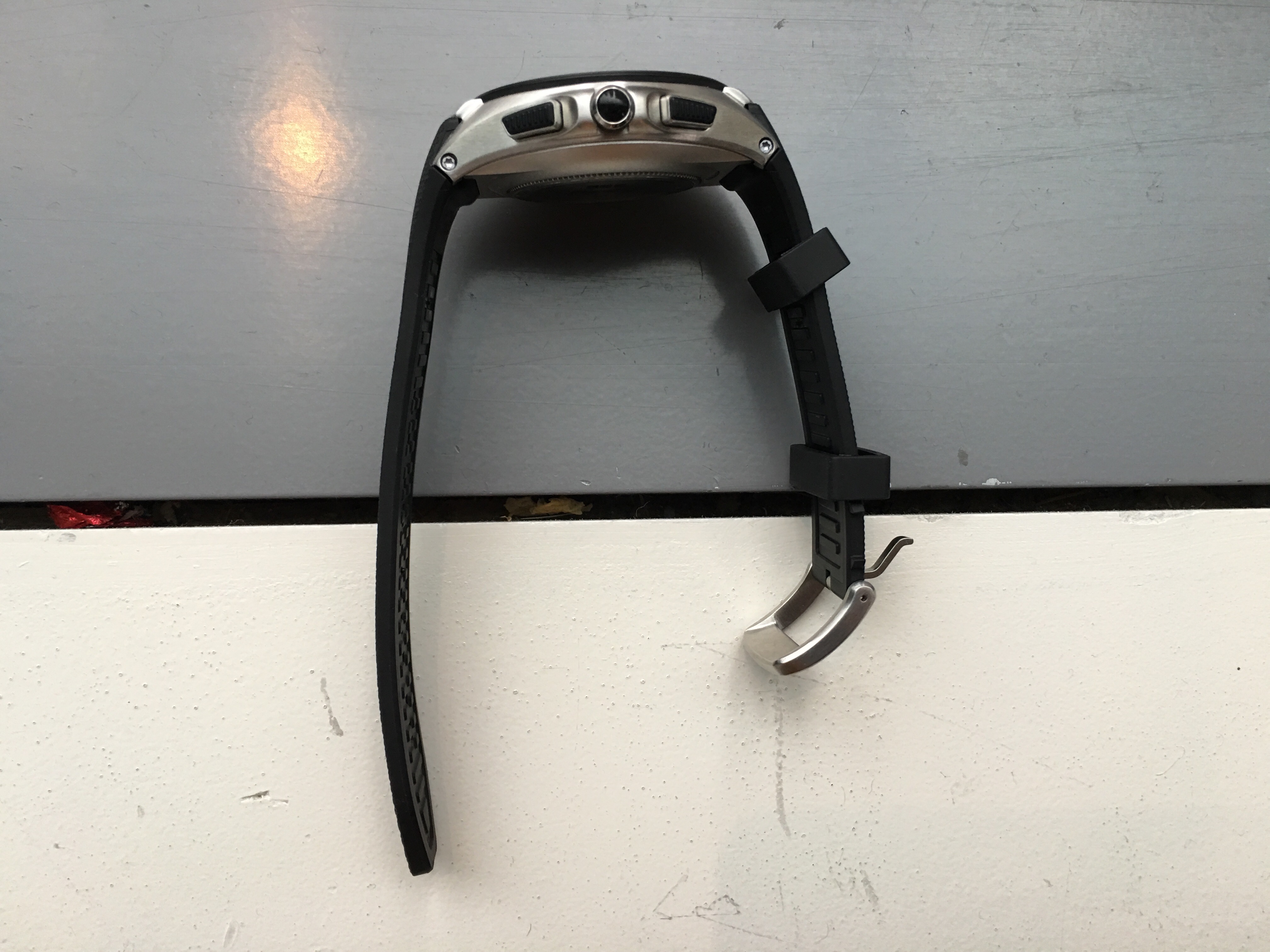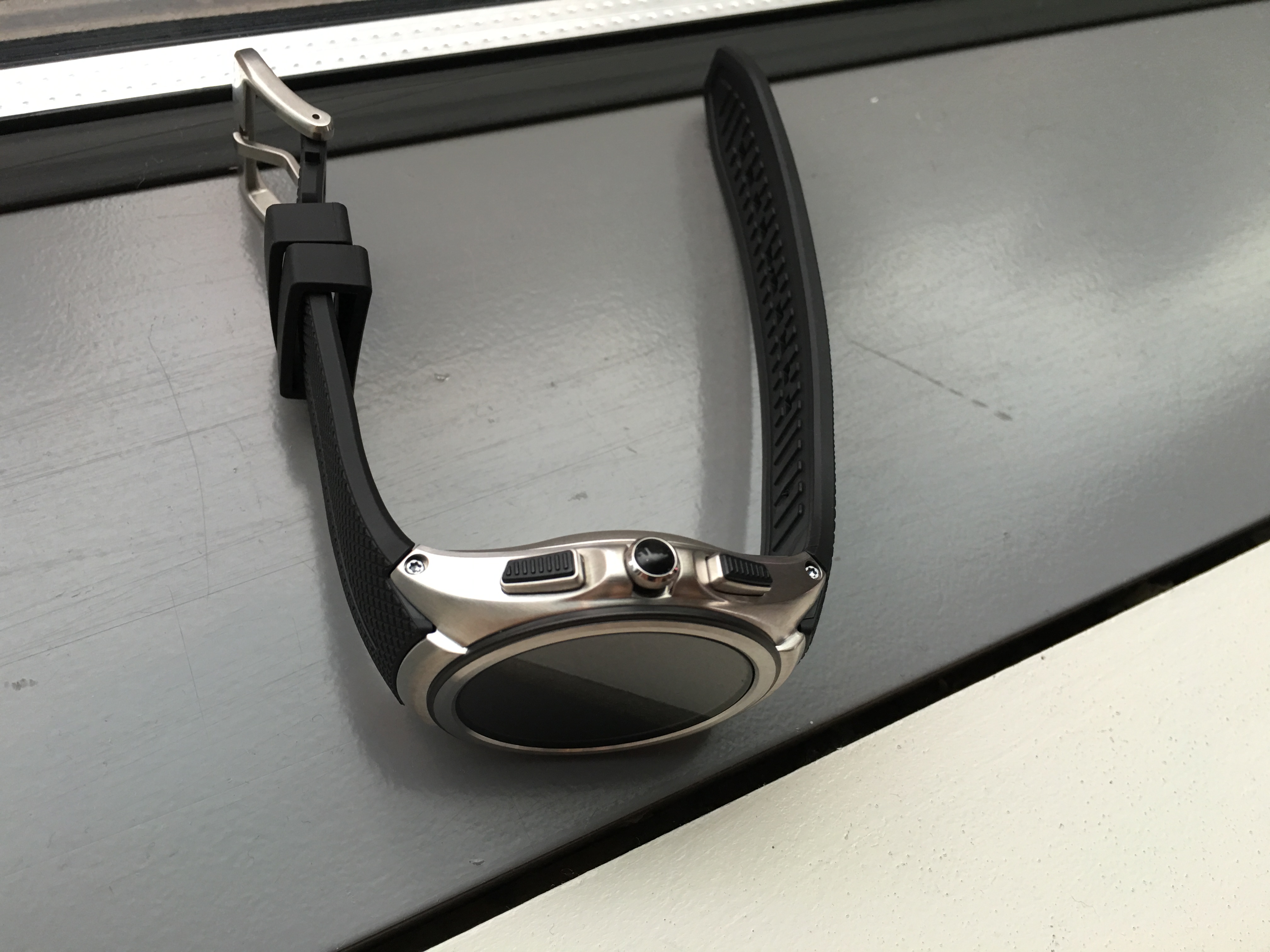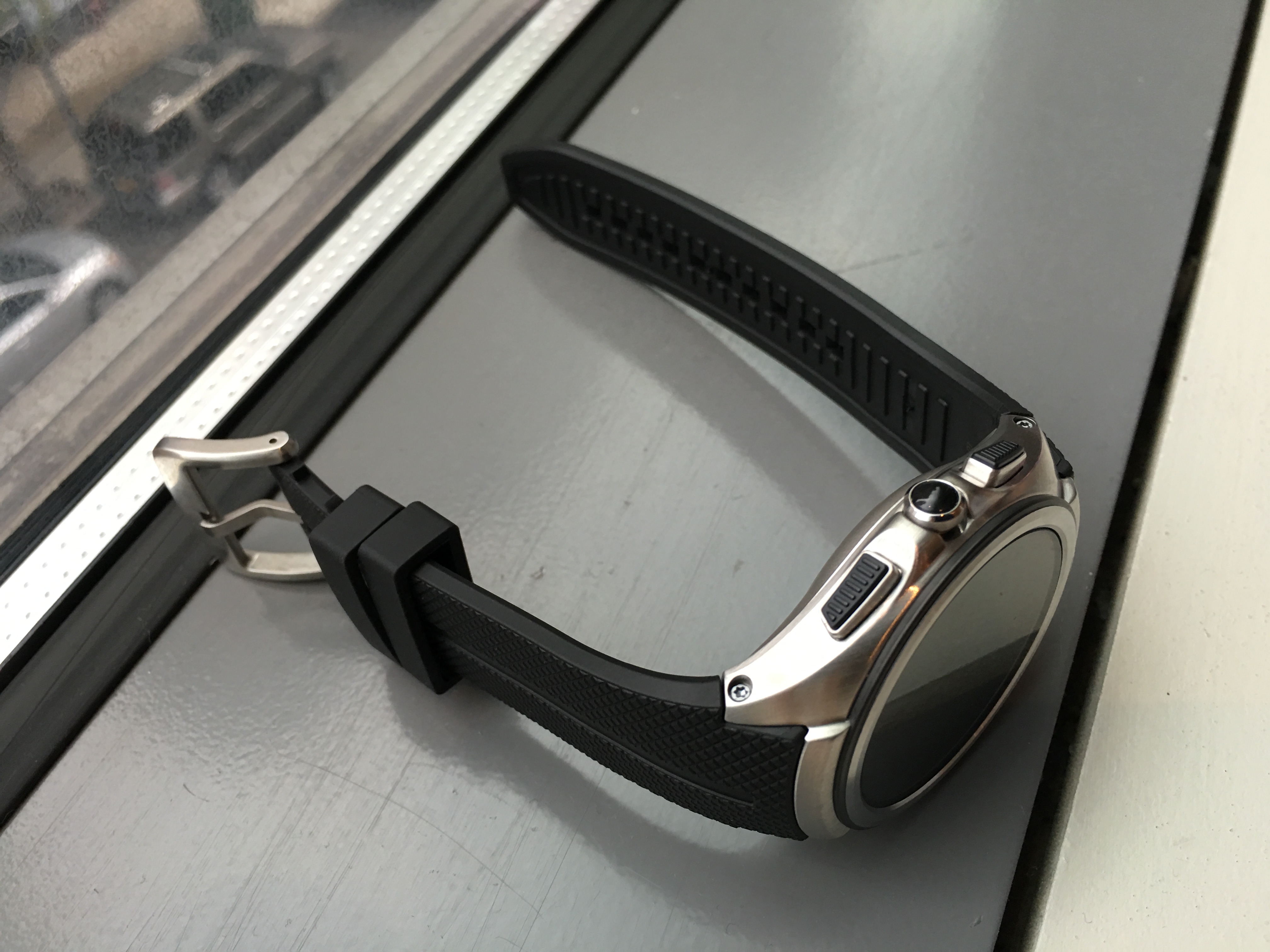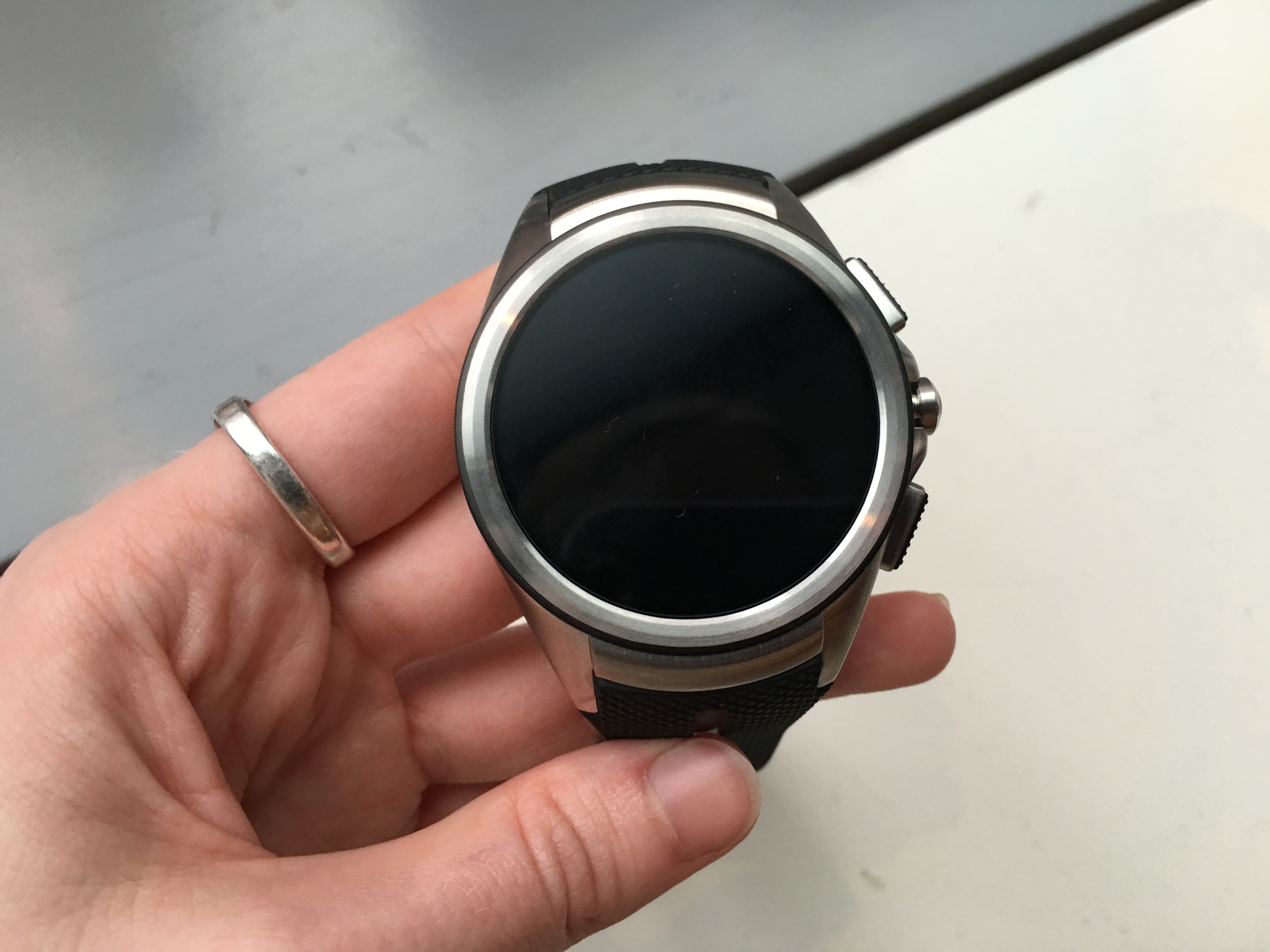But that baggage didn’t stop LG. Riding on the coattails of the G4’s success, the electronics-maker announced the V10. It features a second display like the aforementioned handsets, but unlike the dual-screen handsets before it, it packs more than a few additional surprises: dual front-facing cameras capable of capturing wide-angle selfies, a manual video mode that exposes granular image settings, and a ruggedized body of stainless steel and silicon that’s passed third-party shock tests.
Updated on 10-30-2015 by David Curry: Added in carrier sales pages, order dates, and prices.
Pricing and availability
LG confirmed it will begin shipping the LG V10 to “key markets” this week, which include China, Hong Kong, and the United States.
T-Mobile will be the first to stock the LG V10, available in retail stores today. It will launch on the online store a few days later. AT&T plans to stock the device on Nov. 6. Verizon has still not revealed the launch date for the smartphone, but we expect it to be in the same week.
The LG V10 will cost $250 on AT&T with a two-year contract, or it’s sold through the Next program with nothing to pay up front. The 30-month Next 24 plan costs $23 per month, the 24-month Next 18 costs $29, and the 20-month Next 12 is $35 per month. If you’re quick, AT&T’s offering the V10 with an extra battery, a 200GB MicroSD card, and a charging dock, which has to be claimed before November 15. AT&T also plans to sell the LG Watch Urbane, but has not commented on an LTE version.
On T-Mobile, the LG V10 will be available for $600 full retail price or $25 per month for 24 months with no down payment. Customers will have to purchase a SIM starter kit from T-Mobile for $15 to activate the smartphone. T-Mobile will also offer an extra battery, 200GB MicroSD card and charging dock on all orders placed before Nov. 15.
Verizon is stocking the LG V10 for $672 full retail price or $28 per month for 24 months with no down payments. Verizon has its own deal for LG V10 customers, letting them purchase the LG G Pad 8.3 for $50 if they pen a contract for the LG V10. There is no mention of the other deal available on AT&T and T-Mobile.
Sprint has made no mention of the LG V10, so we assume it will not carry the device. The LG V10 launched first in South Korea, but LG has plans to market it heavily in Hong Kong and China, to compete with Huawei, Lenovo, and Xiaomi.
Specs and features
LG’s no stranger to dual-display smartphones — it did, after all, debut the twin-screen touting LG DoublePlay in 2011 — but the company’s taken a more measured approach with the V10. The second, 160 x 1,040 pixel IPS screen sits unobtrusively above the primary IPS QHD (2,560 x 1,440) display, and practically seamlessly — unlike dual-screen phones of yesteryear, it’s difficult to tell where the one display ends and the other begins.

As far as what you’re meant to do with the second screen, LG envisions it as a sort of it as a sort of segregated space for all manner of software distractions. Notifications will appear on the second screen instead of the main display when your watching a video or playing a game. It can be configured as a launcher for apps, and it can minimize the main screen’s power draw by displaying the weather, time, date, and battery when it’s off.
A second screen might be considered differentiating enough, but the V10 packs another idiosyncratic feature: dual 5-megapixel front cameras. LG says the two shooters, in tandem with a “sophisticated software algorithm,” enable the V10 to capture wide angle photos — fields of view between 80 and 120 degrees — that’d otherwise require an image-distorting large and heavy lens. The photography uniqueness carries over to software. The V10 records video up to 4K (at a ratio of either 16:9 or 21:9), and LG says the it’s is the first smartphone to offer a manual mode for video — with the built-in app, you can adjust settings such as frame rate, shutter speed, white balance, focus, and ISO.
It’s all packed in a durable frame. The V10’s exterior is composed of soft, scratch-resistant Dura Guard silicon and SAE grade 316L stainless steel in an etched design that’s intended to “offer a more secure grip.” Should that measure fail, though, LG says the materials are supple enough to withstand hard hits — the V10’s certified by MET Laboratories for falls up to 48 inches.

In terms of other internals, the V10 is packed to the brim with high-end hardware. It sports a Snapdragon 808 processor, same as the G4; 4GB(!) of RAM; a 16-megapixel rear camera; 64GB of memory expandable via MicroSD (up to 2TB); and a 3,000mAh battery with Qualcomm Quick Charge 2.0. It’s got a Hi-Fi audio processor by ESS Technology, too, plus antennas with Qualcomm’s signal-optimizing TruSignal software, an apparent smartphone first. It’ll ship with Android 5.1.1.
LG didn’t cut many corners with the V10, and that’s key. By positioning the second screen as a feature in addition to many impressive others, LG’s avoided the obvious pitfall of previous product entries in the second screen category: the companion display as a selling point in and of itself. With competitive pricing to accompany the compelling package, it’s a strategy that may well pay off.
LG Urbane 2nd Edition
Toward the tail end of the presentation, LG announced another surprise: the LG Urbane 2nd Edition, the follow-up to the Android Wear smartwatch of the same series.
With the exception of a slightly smaller diameter (44.5mm vs. 45.5mm), a TPSiV elastomer band, and three new buttons on the right side of the watch that act as app shortcuts, most of the improvements are internal. The new Urbane features GPS and a larger, 570mAh battery, but perhaps the highlights are the upgraded display and 4G/3G connectivity. The former is a 1.38-inch, P-OLED panel with a resolution of 480 x 480, the highest resolution of any smartwatch. And the latter’s an Android Wear first.
The specs are otherwise identical to the predecessing Urbane: a 1.2GHz Qualcomm Snapdragon 400, 4GB of memory, a dust- and water-resistant (IP67) stainless steel body, and array of motion sensors (accelerometer, gyroscope, compass, and barometer).
On the software side, it ships with LG Health and 16 different watch faces. A toggleable Power Saving Mode dims the display to extend battery.
It’ll launch in the United States and Korea later this month in black, blue, white, and brown. AT&T has said that it will carry the watch.
Previous updates:
Updated on 10-26-2015 by Andy Boxall: Added pre-order date and prices for the V10 through AT&T and T-Mobile.
Updated on 10-01-2015 by Malarie Gokey: Added news that T-Mobile, Verizon, and AT&T will carry the LG V10.
